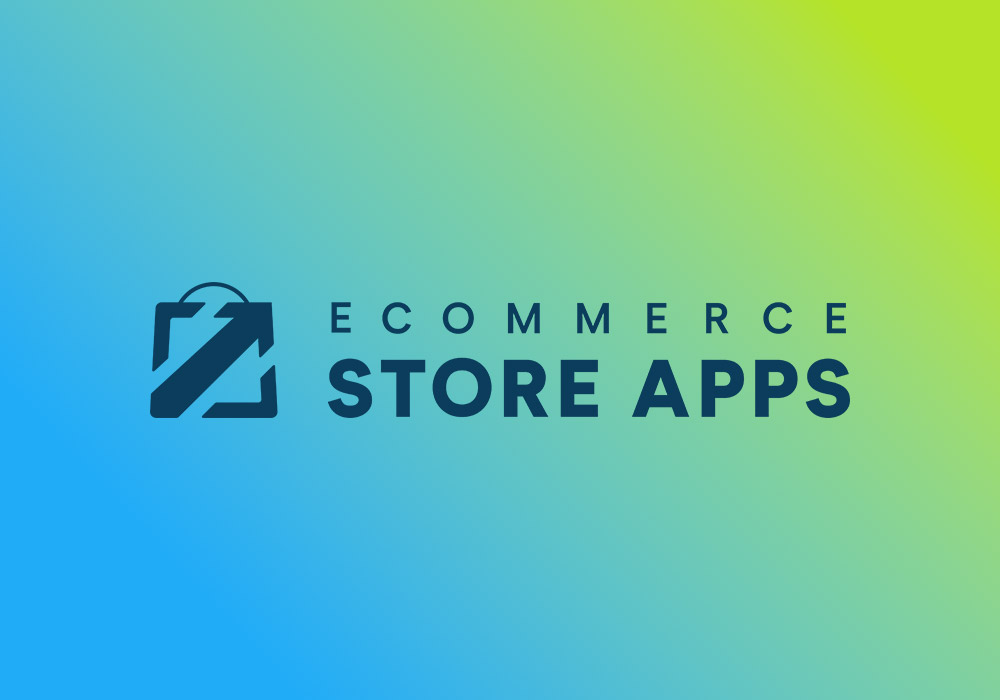Every store wants cleaner layouts, richer product pages, and faster workflows. Most chase those goals through themes, plugins, or design tweaks. The truth is, those things only go as far as the data behind them. That’s where metafields come in.
Metafields are one of those features everyone hears about but few actually use well. They don’t scream for attention, yet they quietly control how deeply a store can describe its products, how flexible its layouts are, and how smooth content updates feel. They’re not just a technical feature. They’re the connective tissue between design, content, and operations.
Spend enough time building or managing online stores, and a pattern appears. The ones that scale without breaking—the ones that stay organized as they grow—are almost always the ones built on a solid metafield structure.
What Most Stores Miss About Metafields
Most merchants underestimate metafields. They sound technical, hidden in admin panels, and often ignored until a developer brings them up. But metafields quietly decide how flexible, detailed, and scalable your product data really is. Without them, stores hit a ceiling fast.
What Metafields Actually Do
Metafields extend what default product settings can do. Think of them as custom fields that hold extra information about your products, collections, or pages. On Shopify or BigCommerce, they fill the gaps between what the platform gives you and what your brand actually needs. Want to show “Material Origin” or a “Care Guide” tab? That’s a metafield. Want to connect your products to related blog posts, recipes, or installation videos? Also metafields.
Structure Beats Chaos
For stores managing hundreds or thousands of SKUs, metafields are the difference between organized content and chaos. They allow granular control without needing to duplicate data or hack templates. Instead of cramming details into descriptions, metafields structure them in reusable, searchable fields. That means faster edits, cleaner displays, and fewer mistakes when syncing across marketing channels.
Where Automation Comes In
Metafields also open the door for automation. When paired with tools that can bulk edit or sync metafield data, a store can make large-scale updates without imports or CSV uploads. That’s where apps like Advanced Metafields come in. They let teams create, edit, and manage metafields directly inside the store environment, without breaking data integrity or waiting on developers.
The Long Game of Scalable Store Data
The real power shows up as a store grows. More content types. More integrations. More dynamic sections on product pages. Without structured data in metafields, all of that breaks down or becomes manually painful. With metafields, product pages stay consistent, dynamic filters work better, and SEO data stays clean and traceable.
Why It Matters
Metafields aren’t a niche feature, they’re the foundation of scalable ecommerce data management. The best stores use them deliberately, building flexible templates and product structures that make updates seamless. In the right hands, metafields turn an ordinary store into something adaptable, fast, and future-ready.
Take Control of Your Store Data
If metafields are the backbone of your product data, Advanced Metafields is the tool that keeps it strong. It gives full control over custom fields in Shopify and BigCommerce without the clutter of CSV imports or developer workarounds. You can edit, bulk update, and structure data directly in your dashboard.
For merchants who want cleaner product pages, faster editing, and smarter automation, it’s worth a look. Visit https://ecommercestoreapps.com/apps/advanced-metafields/






